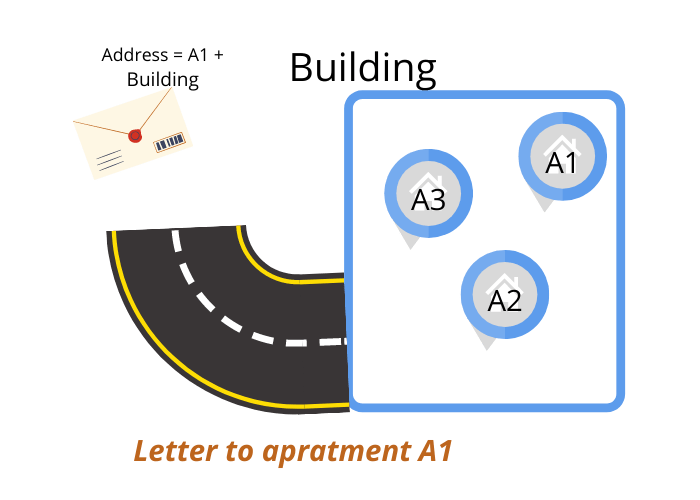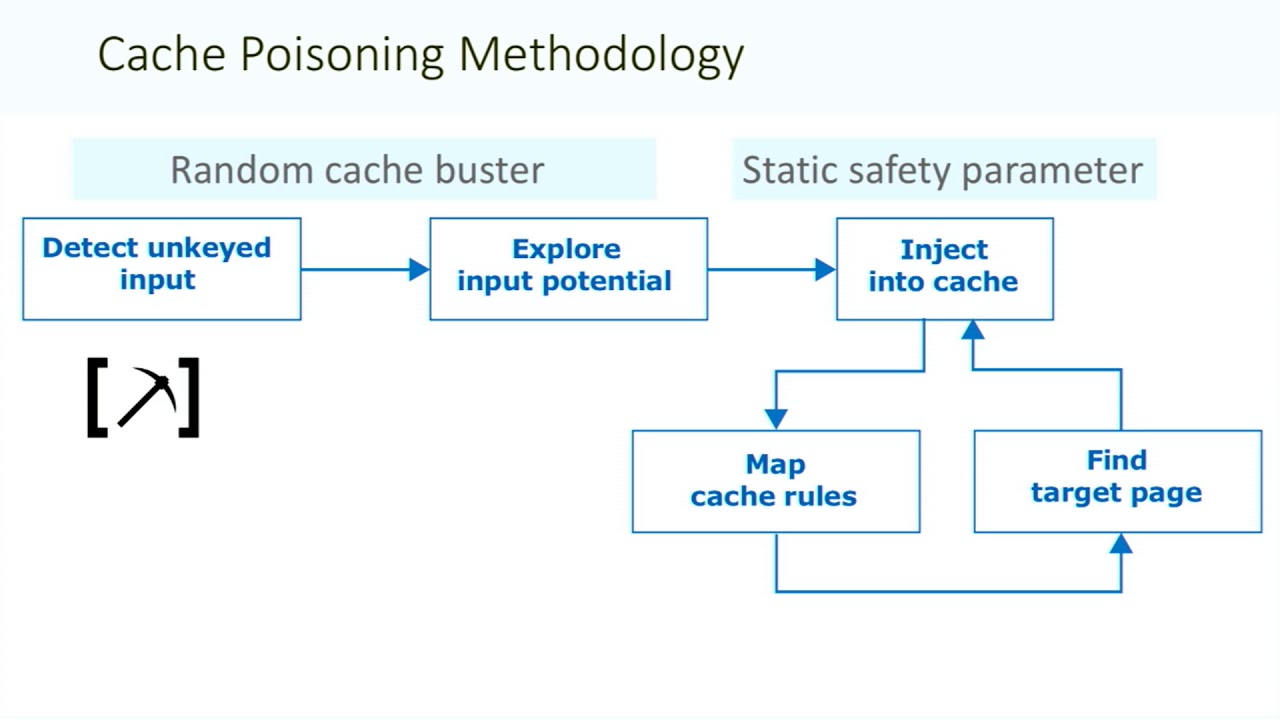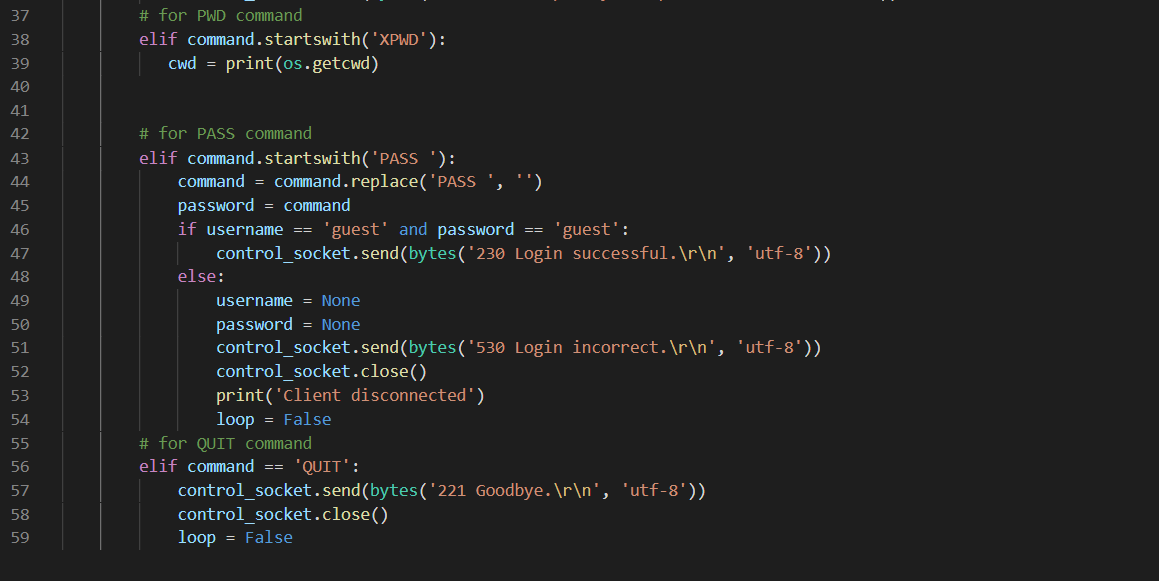
TLS Handshake is a method of connecting two computers through an encrypted connection. It begins with the server sending a "Finished" encrypted message containing the client's session key. Once the Handshake is complete, the client's session key can be sent to the server. When the connection is lost, the session keys are deleted from the server. After a Client hello is sent, the handshake procedure is repeated.
QUIC's handshake is low-latency
QUIC follows the same basic principles of TLS, but adds a low latency handshake. The first step in the handshake is a "clientHello" message. This message contains a cipher suite, the initial-max-data-transport parameter, and an address validation token. The client then sends this message to the server.
QUIC's low-latency-handshake TLS reduces the handshake time for web-like data transfers. Three round-trips are required for traditional TCP-like protocols. The new QUIC protocol eliminates two of them. QUIC allows multiple byte streams can be sent over the same connection. This solution is well-suited for streaming video.
RSASSA-PSS signature schemes
The RSASSA/PSS handshake consists two parts, each one unique. The first component is the cryptographic material. The encryption process is part 2. The RSA encryption algorithm powers the handshake. Both components decrypt and encrypt the message with the client creating a digital signature.

The RSASSA-PSS signature scheme uses the RSA key to sign data using a private RSA key. You can use the public RSA keys of the other party to verify your signature. This allows two different signatures to be applied to the same data. RSASSA-PSS was standardized in PKCS#1 v2.1.
Perfect forward secrecy
Perfect Forward Secrecy, a security feature that prevents future security incidents from compromising encrypted data, is very popular. Currently, almost all major browsers support this security feature. Some websites do not support this security option.
Perfect Forward Secrecy is only possible if a server supports TLSv1.2. This feature is achieved via a Diffie Hellman Key Exchange (DHE). Each client receives a unique session code for each communication session. This ensures that the session keys are not compromised.
Suites cipher
TLS (Transport Layer Security), is a protocol that enables secure communication. It protects messages with a cipher sequence. The cipher suite must be agreed upon by both the server and client. Both must also support it. Handshake protocols also require cipher suites.
TLS defines the concept of a cipher sequence. TLS 1.2 is most commonly used. TLS 1.3 adds additional requirements for cipher sets. TLS 1.3 was not widely used, even though it was recently standardised. TLS 1.3 ciphersuites for TLS 1.2 are therefore not compatible with TLS 1.2.

Round trips
Round trips with handshake TLS allows secure communication between two devices. Typically, a TLS handshake requires two round trips to establish the connection between two clients. False Starting can reduce this. In this technique, the client transmits its encrypted data before the server's answer is available. This minimizes round-trip time for TLS connections.
TLS uses two-way handshakes to establish secure communication between the client and server. Each handshake takes approximately 250 milliseconds. If the server supports a higher level encryption standard, handshakes take only one round trip.
FAQ
How can I make a website for free?
It depends on what type of website you want to create. Are you looking to sell products, build a website, or create a portfolio online?
An essential website can be created using HTML and CSS. This is a combination of HyperText Markup Language (HTML) and CascadingStyle Sheets (CSS). While it's possible to create a simple website using HTML and CSS, most web developers recommend using a WYSIWYG editor such as Dreamweaver or Frontpage.
A freelance developer may be the best choice if you don't have any experience in designing websites. They can help you build a website customized to your needs.
Freelancers can charge a flat fee or an hourly rate. The cost of hiring a freelancer varies depending on how much work they complete within a given timeframe.
For example, companies may charge 50-100 dollars an hour. You'll usually get higher rates for larger projects.
In addition, many freelance websites list available jobs. There are many websites that list available jobs.
How much do web developers make?
Working on a website yourself will likely earn you between $60 and $80 an hour. But if you want to charge a lot more, you should consider becoming an independent contractor. A typical hourly rate for a freelancer could be between $150 and $200.
Do I require technical skills to design or build my website?
No. All you need to understand HTML and CSS. You can easily find tutorials online that teach both HTML and CSS.
Statistics
- Is your web design optimized for mobile? Over 50% of internet users browse websites using a mobile device. (wix.com)
- When choosing your website color scheme, a general rule is to limit yourself to three shades: one primary color (60% of the mix), one secondary color (30%), and one accent color (10%). (wix.com)
- In fact, according to Color Matters, a signature color can boost brand recognition by 80%. There's a lot of psychology behind people's perception of color, so it's important to understand how it's used with your industry. (websitebuilderexpert.com)
- Studies show that 77% of satisfied customers will recommend your business or service to a friend after having a positive experience. (wix.com)
- It's estimated that in 2022, over 2.14 billion people will purchase goods and services online. (wix.com)
External Links
How To
What is website hosting?
Website hosting refers simply to the place that people visit when they visit a website. There are two types of website hosting:
-
Shared hosting is the cheapest. Your website files reside on a server owned by someone else. Customers visiting your website send their queries over the Internet, to that server. You then receive the request from the owner of the server.
-
Dedicated Hosting - This option is the most costly. Your website will reside on a single server. Your traffic stays private as no other websites can share the same server.
Shared hosting is preferred by most businesses because it's cheaper than dedicated hosting. You can use shared hosting if the company owns the server to provide the resources required for your website.
There are pros and disadvantages to each option. These are the key differences between them.
Shared Hosting Pros:
-
Lower Cost
-
Easy To Set Up
-
Frequent updates
-
It can Be Found On Many Web Hosting Companies
Shared hosting is often as cheap as $10 per month. Keep in mind, however, that bandwidth is usually included in the price. Bandwidth is how much data you can transfer to the Internet. Even if only you upload photos to your blog or website, high-volume data transfers may incur additional charges.
Once you start, you'll quickly realize why you were paying so much for your previous host. Most shared hosts don't offer any customer support. Their techs will occasionally walk you through setting up your site, but you're on your own after that.
Look for a provider who offers 24/7 phone support. They will help you deal with any issues that arise while your sleeping.
Cons of dedicated hosting
-
More Expensive
-
Fewer Common
-
Requires special skills
With dedicated hosting, all you need to maintain your website are provided. You won’t need to worry whether you have enough bandwidth or enough RAM (random address memory).
This means that you will have to pay a little more upfront. You'll soon realize that your business is self-sufficient once it's online. You'll soon be an expert at managing servers.
Which Is Better for My Business?
The answer will depend on the type and purpose of your website. If you only want to sell products, then shared hosting might be the best choice. It's very easy to setup and maintain. A server shared with several other sites means that you will receive frequent updates.
If you want to create a community around a brand, dedicated hosting may be the best choice. Instead of worrying about traffic, you can concentrate on building your brand.
If you're looking for a web host that offers both options, we recommend Bluehost.com. They offer unlimited monthly data transfers and 24/7 support. You can also register domain names for free.